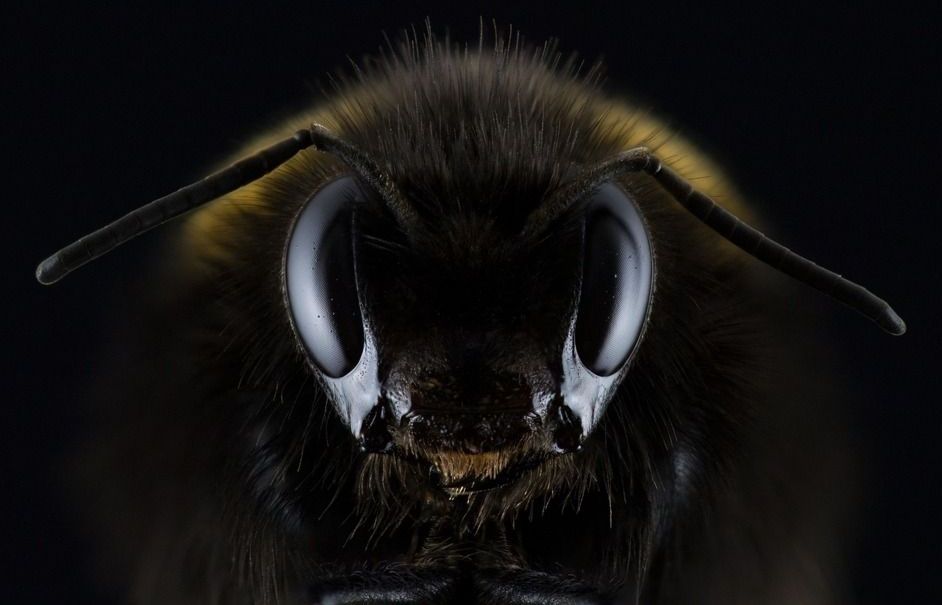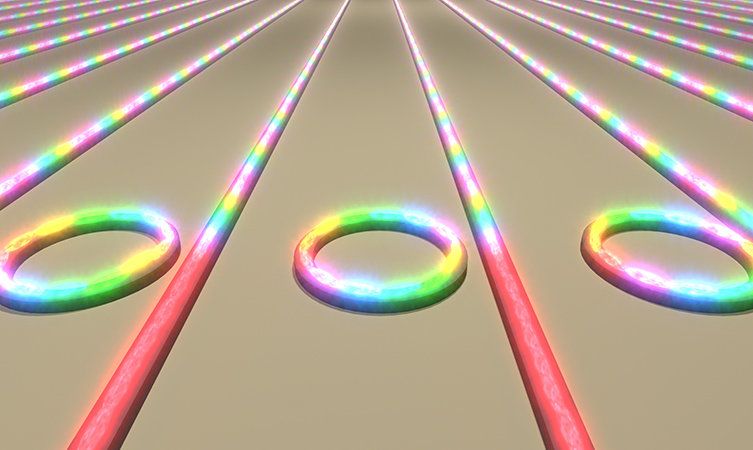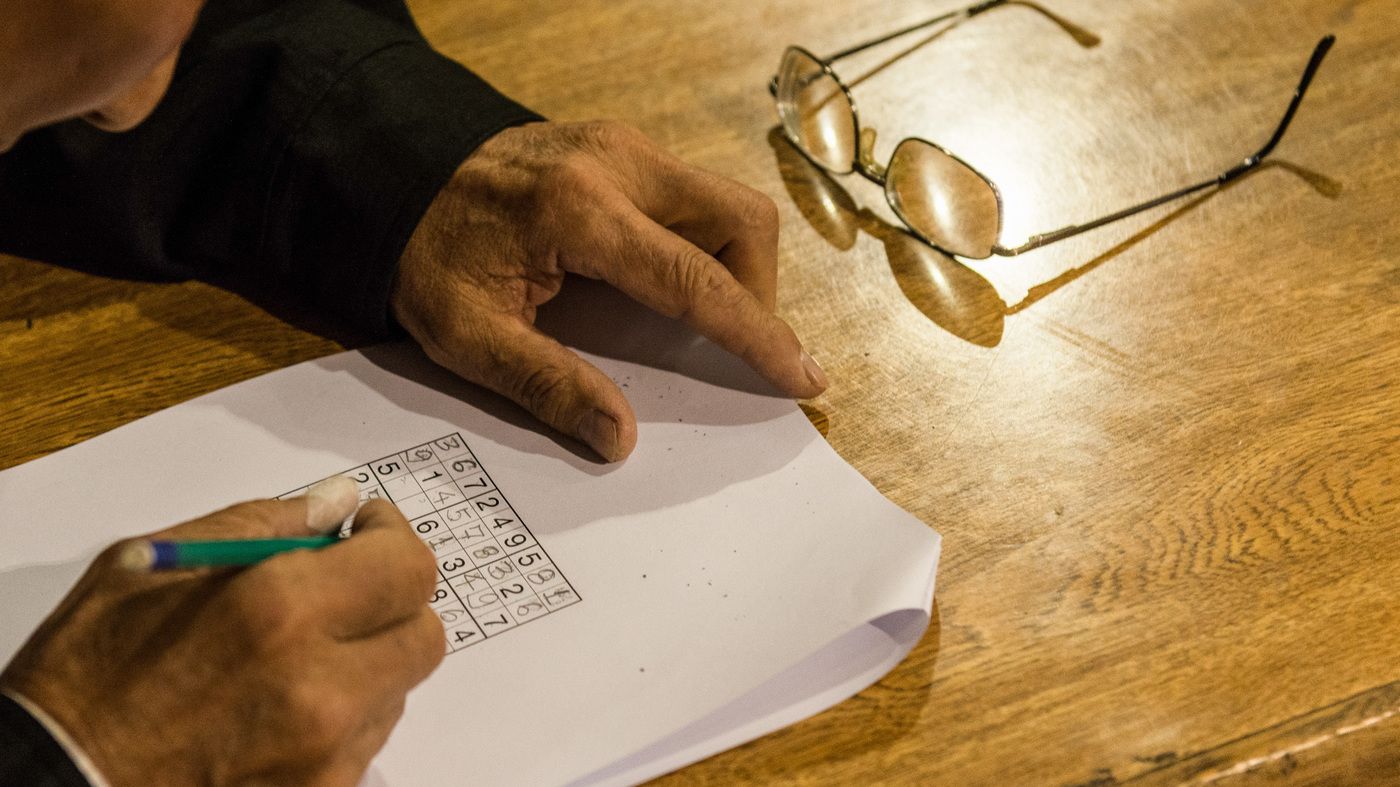Scientists found out that nonclassical monocites can become senescent.
Scientists from the A*STAR Singapore Immunology Network have discovered that immune cells called nonclassical monocytes undergo cellular senescence, contradicting what was previously thought of them [1].
Abstract
Human primary monocytes comprise a heterogeneous population that can be classified into three subsets based on CD14 and CD16 expression: classical (CD14high/CD16−), intermediate (CD14high/CD16+), and non-classical (CD14low/CD16+). The non-classical monocytes are the most pro-inflammatory in response to TLR stimulation in vitro, yet they express a remarkably high basal level of miR-146a, a microRNA known to negatively regulate the TLR pathway. This concurrence of a pro-inflammatory status and a high miR-146a level has been associated with cellular senescence in other cell types. Hence, we assessed the three monocyte subsets for evidence of senescence, including proliferative status, telomere length, cellular ROS levels, and mitochondrial membrane potential. Indeed, the non-classical subset exhibited the clearest hallmarks of senescence, followed by the intermediate and then the classical subset. In addition, the non-classical subset secreted pro-inflammatory cytokines basally in vitro.








